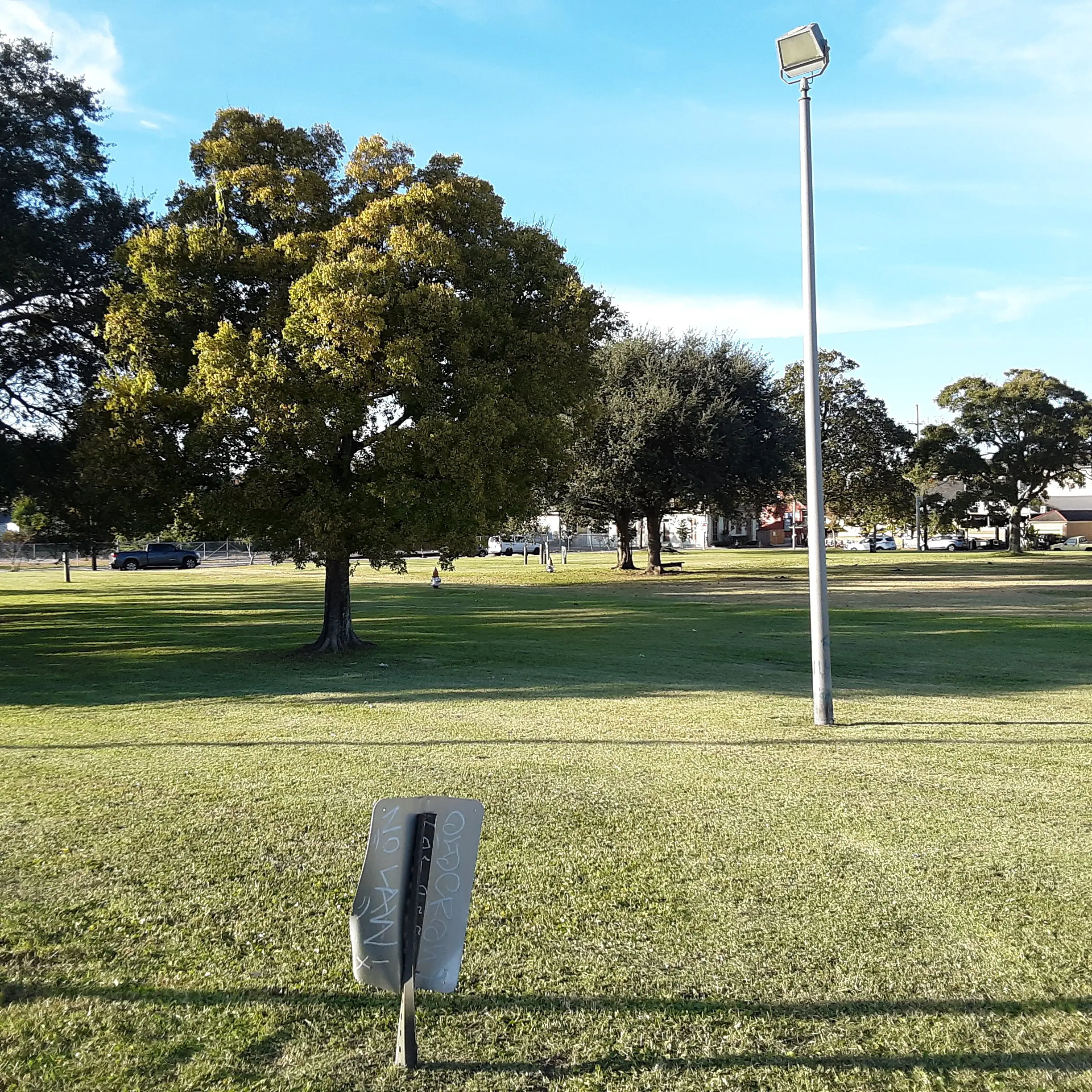
At a neighborhood participation project meeting in October, the crowd was feeling restive. Primarily white and middle-aged, those assembled were there to hear and submit comments on the development of 4100 Royal Street—a 1.8 square acre lot that currently is a small park in the Bywater owned by the Housing Authority of New Orleans (HANO).
With an as-yet unfinalized development deal with the Houston-based ITEX company (pending City Council approval on the project), the lot would become a large apartment complex, which at 55 feet high, would tower over its creole cottage neighbors. The building would have 150 apartments, with a large parking lot housed on the first floor. Ninety of the units in the proposed building would be below-market-rate housing, to be rented to people and families making 60 percent or less of Area Median Income (AMI). Thirty-eight of these will be Project-Based Housing, which is a part of the federal Section 8 voucher program.
The stakes are high, as rents have skyrocketed in New Orleans within recent years, while wages remain relatively low. There are over 20,000 households on HANO’s waitlist for housing according to HANO director Gregg Fortner. Webre Consulting LLC put the estimate at 22,000.
As the city has flirted with various privatization efforts—the RTA, which is operated by the company Transdev, the near-complete charterization of the New Orleans public schools, and various proposals to privatize the city’s water utility, this attempt to provide affordable housing within the public-private nexus is another step in that direction. While HANO owns the underlying land, ITEX would own the building itself. According to ITEX, the market-rate units make the development worthwhile for the company financially. The affordable housing would exist on a time-limited basis, with a definite minimum of 15 years and a probable minimum of 40 years—which is HUD’s usual stipulation for such agreements. This agreement would continue even if ITEX sold the development.
After a brief presentation, Nicole Webre, the consultant running the meeting, read comment cards submitted by those attending, after many in the audience had muttered, hissed, or yelled their opposition to the project throughout the presentation. Most of the cards were unilaterally opposed to the project—many mentioned storm-water management, the loss of green space, the high density of the building, and disliking the design (which among other sins, features a large parking lot). One card absurdly asked whether the building might block “airflow from the Mississippi”. Another asked what would happen to the 11 trees on the lot, while yet another, signed by the same participant, said that when a 2 story building had stood on the lot, she was robbed by two men that ran into the building. “I’m worried that crime will go up.” The card concluded.
Four of the live oaks on the property merited multiple mentions, as they are registered with the Live Oak Society. Then Webre read this card:
“Majority white neighborhoods have consistently opposed affordable housing developments in New Orleans. Everyone says that it’s about parking or density but the result is the same. NIMBYism is how you maintain segregation and exclusive white communities. It would be nice if a neighborhood took a different path.”
At this, the room erupted with screaming.
“Freaking assholes!” yelled one man, who was seated behind me.
“Freaking bitch,” snarled another man (for those wondering, the author of the comment had a traditionally masculine name).
“People wouldn’t say, it’s racist if they had better information!” exclaimed a man who’d been muttering at the developer under his breath.
“We want to maintain quality of life,” responded an elderly white woman to my left.
It is obvious that the residents who came to the meeting value the green space that the square affords them. It is perhaps true that the trees on the lot, which were mentioned in many of the comment cards, are of great importance to the neighbors. But is also evident that the comment card touched a nerve that night.
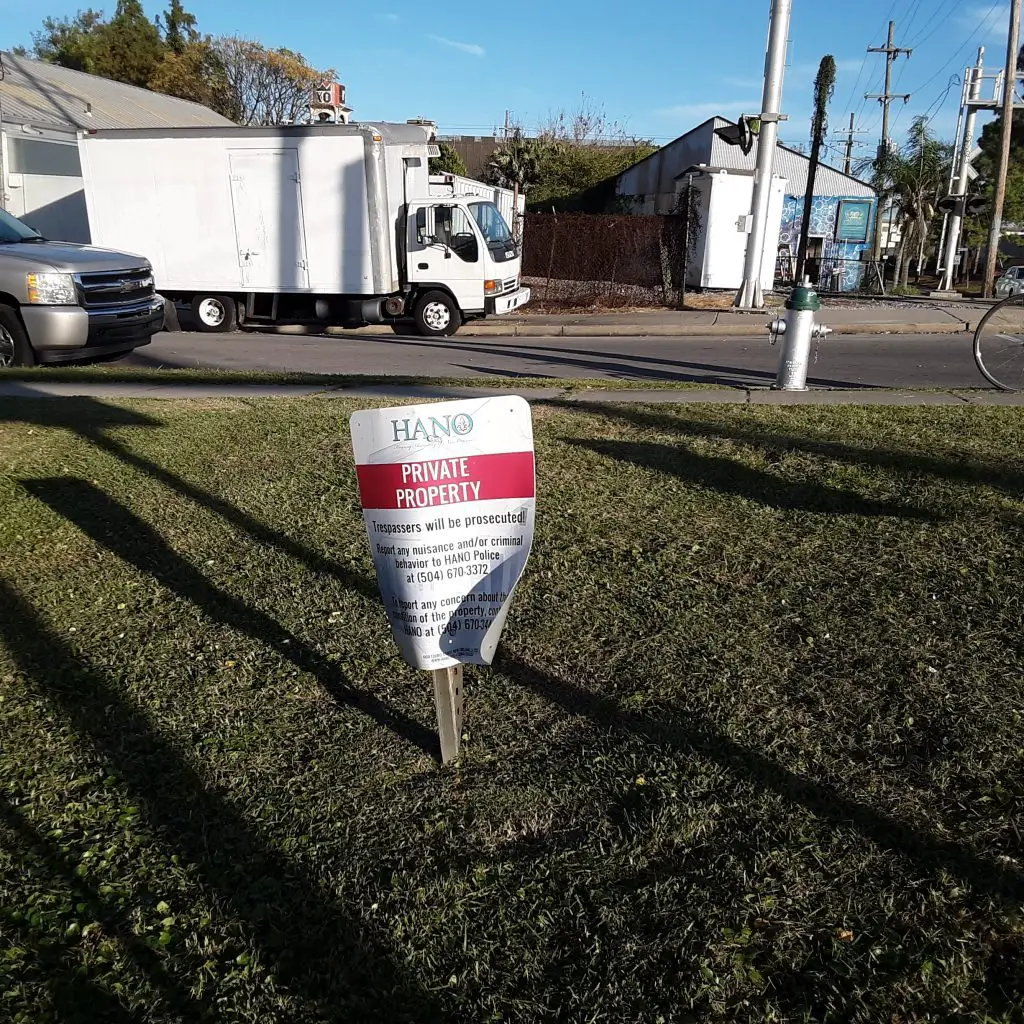
The Sliver by the River
Though all New Orleans has undergone rapid neighborhood and demographics change in the years following Katrina, the Bywater, where the HANO development is slated to take place, has undergone demographic shifts that are astonishingly abrupt.
According to US Census data analyzed by the Southeastern Louisiana non-profit The Data Center, from 2000 to 2015 the percent of Bywater residents who marked that they had completed less than 9th grade level of education fell from eleven percent of Bywater residents to two percent. Meanwhile, the percent of working residents earning above $3,333 rose from 13 percent in 2004 to over 38 percent in 2015.
The Bywater’s rate of gentrification has been so rapid, so glaringly obvious that it garnered a mention in the introduction to Peter Moscowitz’s book on gentrification, “How to Kill a City.” Moscowitz notes that “Between 2000 and 2010, the black population in the city’s “hippest” neighborhood, Bywater, declined by 64 percent; it’s hard to know exactly how much of this shift happened after Katrina hit the city in 2005… but most experts agree the majority of the population shift happened after Katrina.”
With Katrina as the giant, disruptive event that radically shifted the city’s demographics, the changes in the Bywater happened in about five years. And it is dramatic enough, and still progressing, to the extent that people often tell me that even five years ago (three years after the shift that Moscowitz mentioned, that had already changed the Black population by 64 percent) the neighborhood looked different from today—more blighted, less twee.
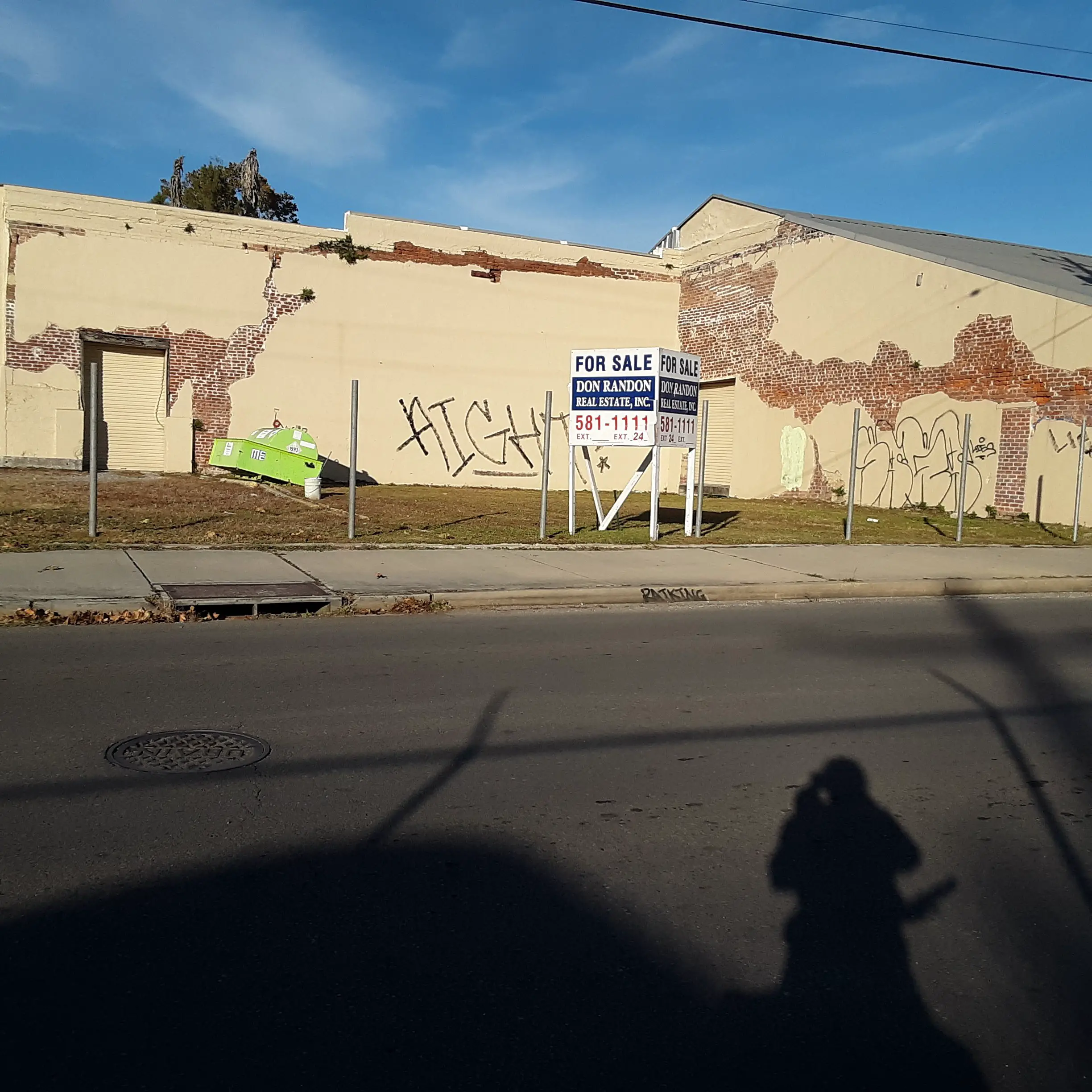
Everyone’s a Critic
“We need the housing, we need affordable housing. We are in favor of the number of units, particularly the high number of affordable units. We do not like the architecture,” says Mary Ann Hammett, chair of the Bywater Neighborhood Association Board of Directors, and chair of the Bywater zoning committee. Speaking to Big Easy at a Bywater Neighborhood Association meeting, Hammett says that the Neighborhood Association supports affordable housing unequivocally.
Julie Jones, the president of Neighbors First for Bywater, took a harsher stance against the proposal at a Historic District Landmarks Commission (HDLC) hearing on November 27. The board of Neighbors First is “unanimously against up-zoning”—which makes the large development possible.
“We welcome affordable housing,” said Jones in an accent that could only be described as a mix of Blanche Devereaux and Lindsey Graham.
“But we don’t want the residents to overwhelm the neighborhood,” she said, then hastily corrected herself.
“I mean, we don’t want the density to overwhelm the neighborhood.”
The HDLC cannot affect the fate of the project, though they can advise on design. This is because the project incorporates the affordable units.
Jones likened the blocky building to a jail.
One of the few residents who had come to the NPP meeting in October to support the affordable housing proposal was one of the youngest—a woman in her mid-twenties, Lizzie Parmenter, who had moved to the Bywater only a few months earlier.
“Part of what really struck me was the intense sense of entitlement…There’s an unsubtle veil of racism and classism, how people can think that four historic trees are more important than people who don’t have housing.”
In How to Kill a City, Moscowitz argues that gentrification is caused by declining federal funding for infrastructure, education, and social services, creating an overwhelming dependency on the local tax base. This, in turn, creates a preference (perhaps already established in a hyper-capitalist society) for wealthier residents. This preference is reinforced, in the case of New Orleans, by the destruction of public housing, programs that incentivize wealthy people to buy and restore old buildings, and other business programs that prioritize new businesses and non-native workers over established businesses and native New Orleanians in the workforce.
“Gentrification is not about individual acts, it’s about systemic violence based on decades of racist housing policy in the US that has denied people of color, especially black people, access to the same kind of housing, and therefore the same levels of wealth as white Americans,” Moscowitz writes.
“It’s gonna be a ghetto!” shouted an elderly man attending the October NPP meeting. His companion shushed him, though she too had been audibly scoffing at the developers throughout their presentation.
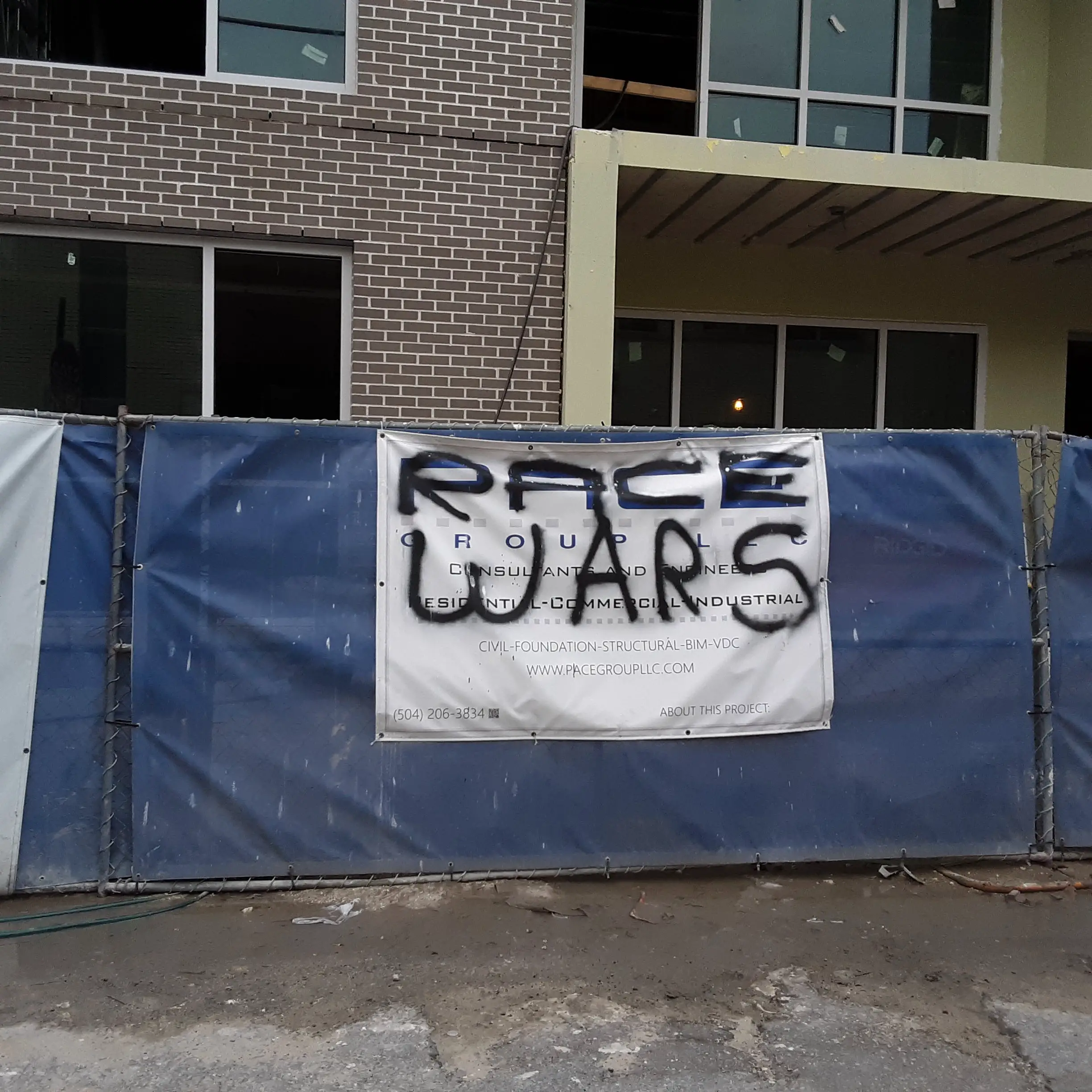
Is it a ‘good deal’?
It is possible that both sides, those in favor of the development, and those opposed are right, and both sides are also wrong. The development would take away land that currently absorbs and stores water. This is crucial in New Orleans. It is frankly ridiculous that buildings and parking lots still built within New Orleans can use impervious material, which cause runoff and can lead to flooding. It is true as well that the building does not fit with the neighborhood, and that every being that currently enjoys the park as it is today will be losing something if the development goes up.
It is also true that New Orleans desperately needs affordable housing. The question of affordability is key to the future of the working class in this city. It also appears that despite flaws mentioned at the HDLC meeting—a lack of ground-level common space, the parking lot—the apartments themselves will be high-quality. However, those in need of housing would extremely lucky to get them, as the amount of units available to those on the housing waitlist is less than half a percent of the total needed to house those in need of shelter.
Those who made it on to the HANO waitlist.
The current residents, who are statistically wealthier than the average New Orleans resident, would lose their park (and of course, storm-water management). Who is to say that the people who may inhabit the affordable rate homes should not be able to live in a place as pretty as the Bywater?
As it stands, there is no set timeframe for the affordable units. It will certainly be 15 years, and according to Jennifer Adams, Director of Development for HANO, it will most likely be at least 40 years. 15 years—though it could be a lifeline to those who need housing—is not a long time. Consider the case of the American Can building on Bayou St. John, where under a time-limited affordable housing arrangement residents faced a sudden eviction when agreement ran out.
Adams also informed Big Easy that 95 percent of HANO’s funding comes through HUD, which runs the section 8 program and will subsidize the affordable rate units. It just so happens that Ben Carson, the current director of HUD and everyone’s favorite amateur Egyptologist, wishes to fundamentally change the structure of key HUD programs—which would triple the amount that the poorest families pay in rent, and raise rent for subsidized housing from 30 percent of a tenant’s income to 35. These reforms would also include removing families’ ability to deduct medical and childcare costs from their gross income and could have a negative impact on the programs the development would use for affordable housing.
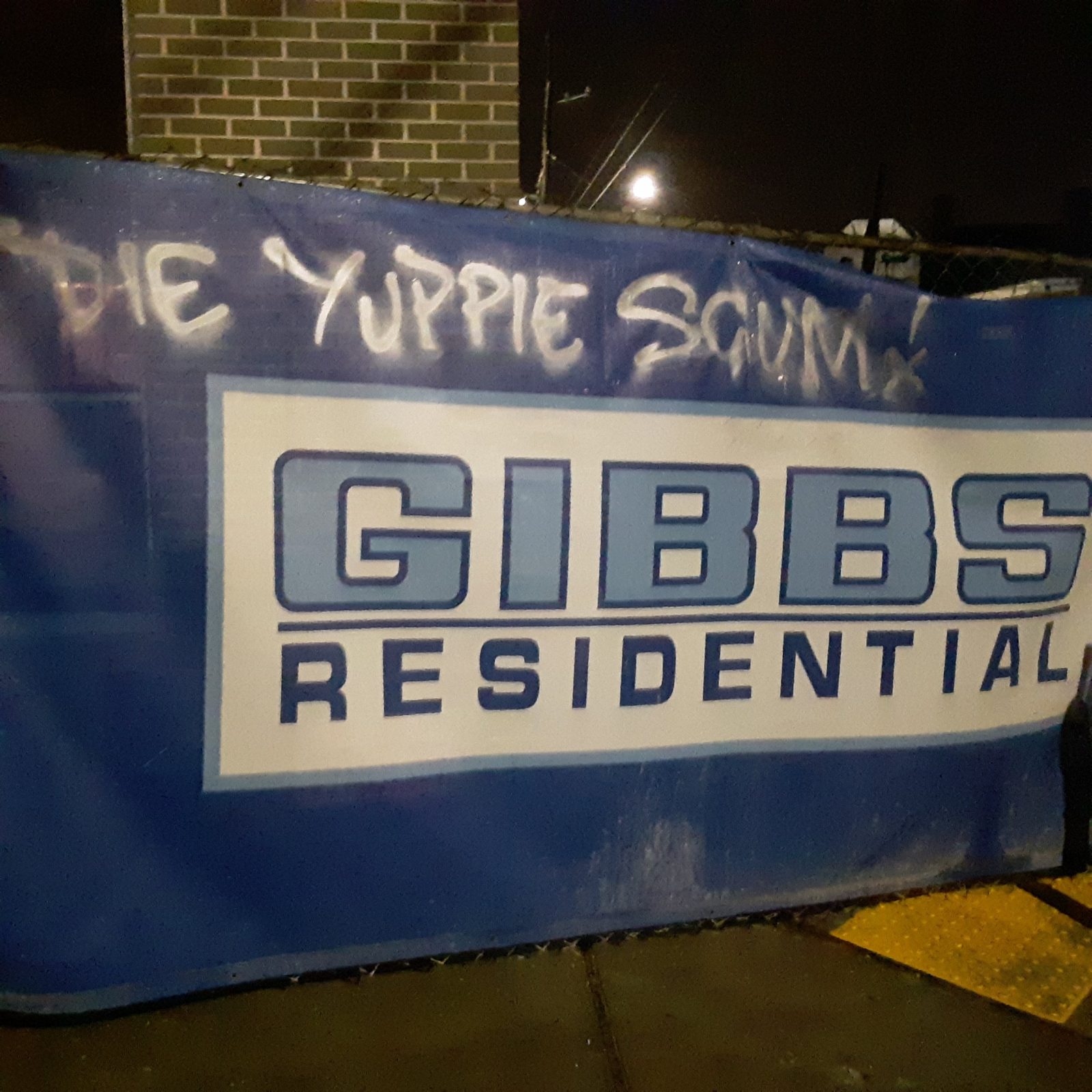
This deal is not an act of charity on ITEX’s part. It is a profitable move that will move about 60 apartments’ worth of wealthy residents—those that can afford the market rate units—into the Bywater. The quandary of whether a questionable deal should go through to help a small percentage of those in need, and potentially for a short amount of time, is not an easy one. Even if the affordable housing will help only a very small amount of people for a limited amount of time, it will still house people in need.
However, it is also valid to question whether this acceptance comes from a paucity of vision. In an article in the local publication titled, “We Need Higher Wages, Lower Rents” Gabriel Mangano argues that a united tenants’ movement in New Orleans could fight for rent control and make use of abandoned homes “for people, not profit”. He posits that there is no shortage of vacant and abandoned homes in New Orleans. A movement to restore these homes and house those who need shelter could also, he suggests, put people to back to work. An article in The Advocate argued in a similar vein that vacant space over Canal Street storefronts was a “missed opportunity” for affordable housing—one that could have housed hospitality workers close to their jobs. So why shouldn’t New Orleanians fight for a grander, more equitable vision of their city?
Says Jordan Flaherty, a journalist who has written extensively on issues of social justice in New Orleans: “Housing is a human right. There can be no fairness or justice in a society in which some live in homelessness, or in the shadow of that risk, while others cannot even imagine it.”










xxxhdfire.com melissa moore riding big black cock.
There is a school at broad and Tulane that is sitting empty.
It could be converted.
Double down on the lower nine
And build there.
These type of deals happen constantly in NYC. Despite the inclusion of affordable housing for lower income residents, they inevitably lead to further gentrification and displacement.
I live across from the Saxony development. These luxury condo buildings are a travesty to our neighborhood. The HDLC should be investigated for bribery- that’s the only way these eyesores can possibly exist.
The “affordable housing” is a lie to get development rolling. Once they break ground- it all becomes Air BnB’s owned by out of state companies.